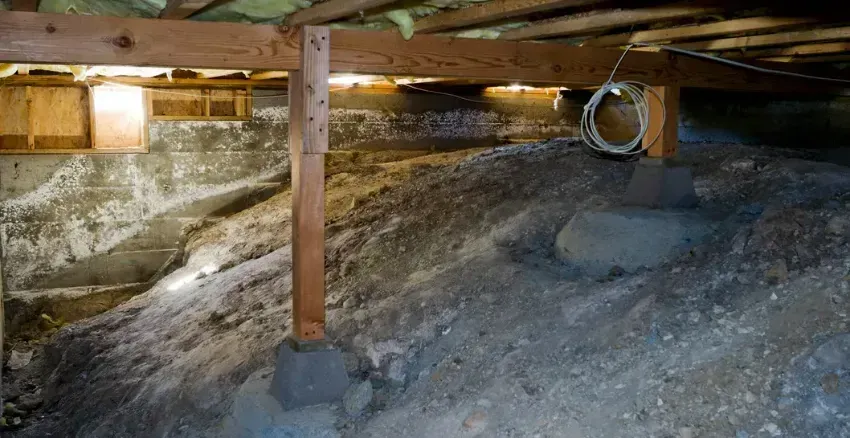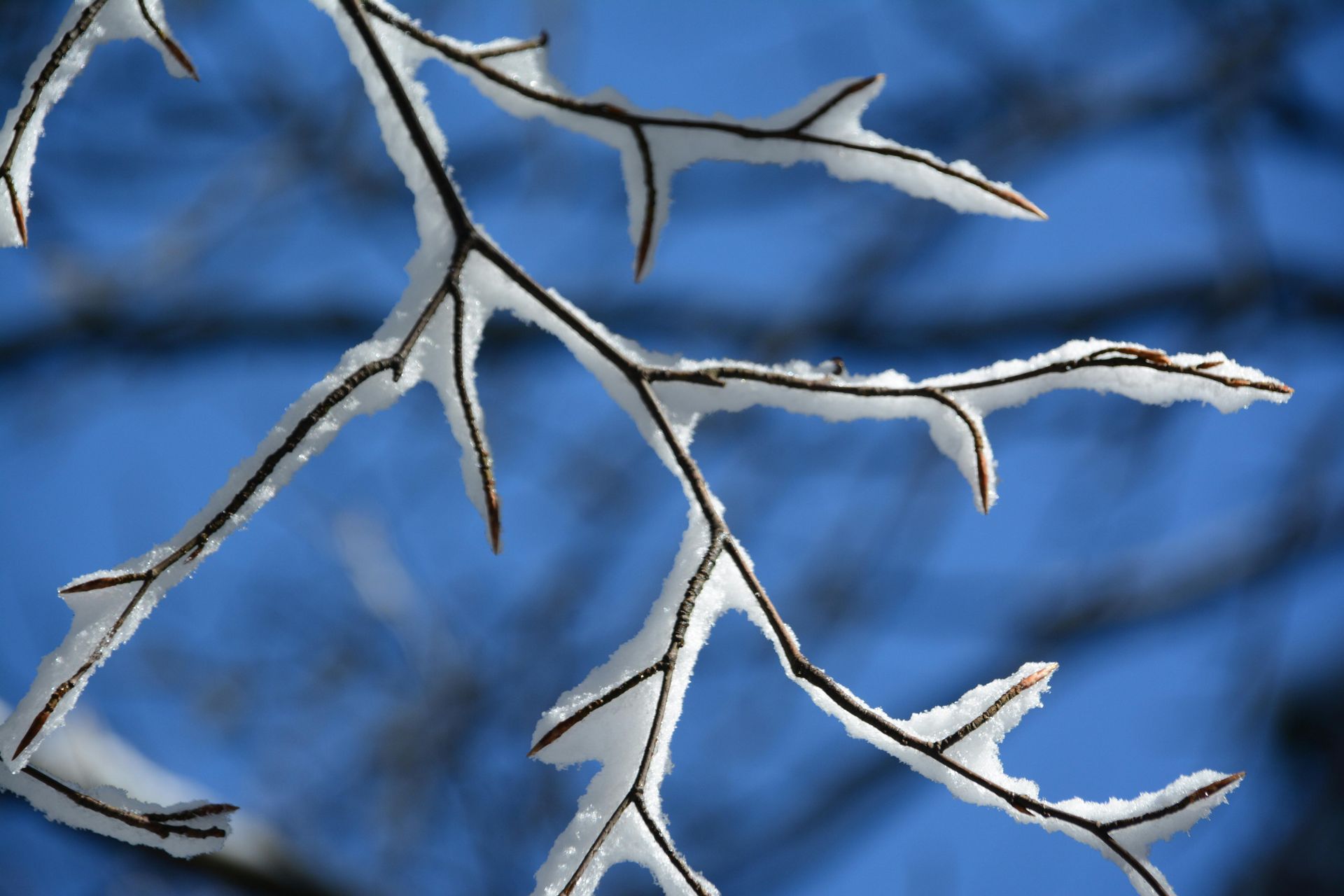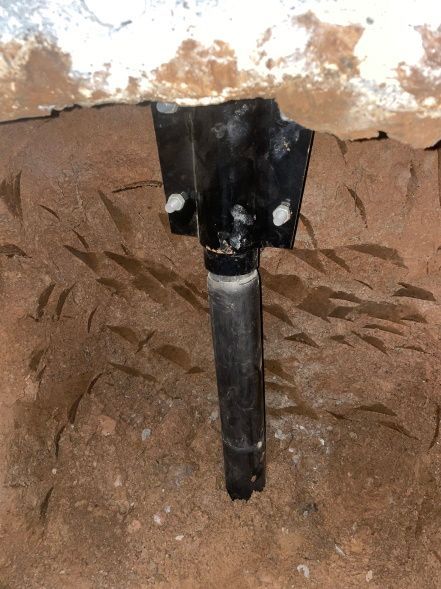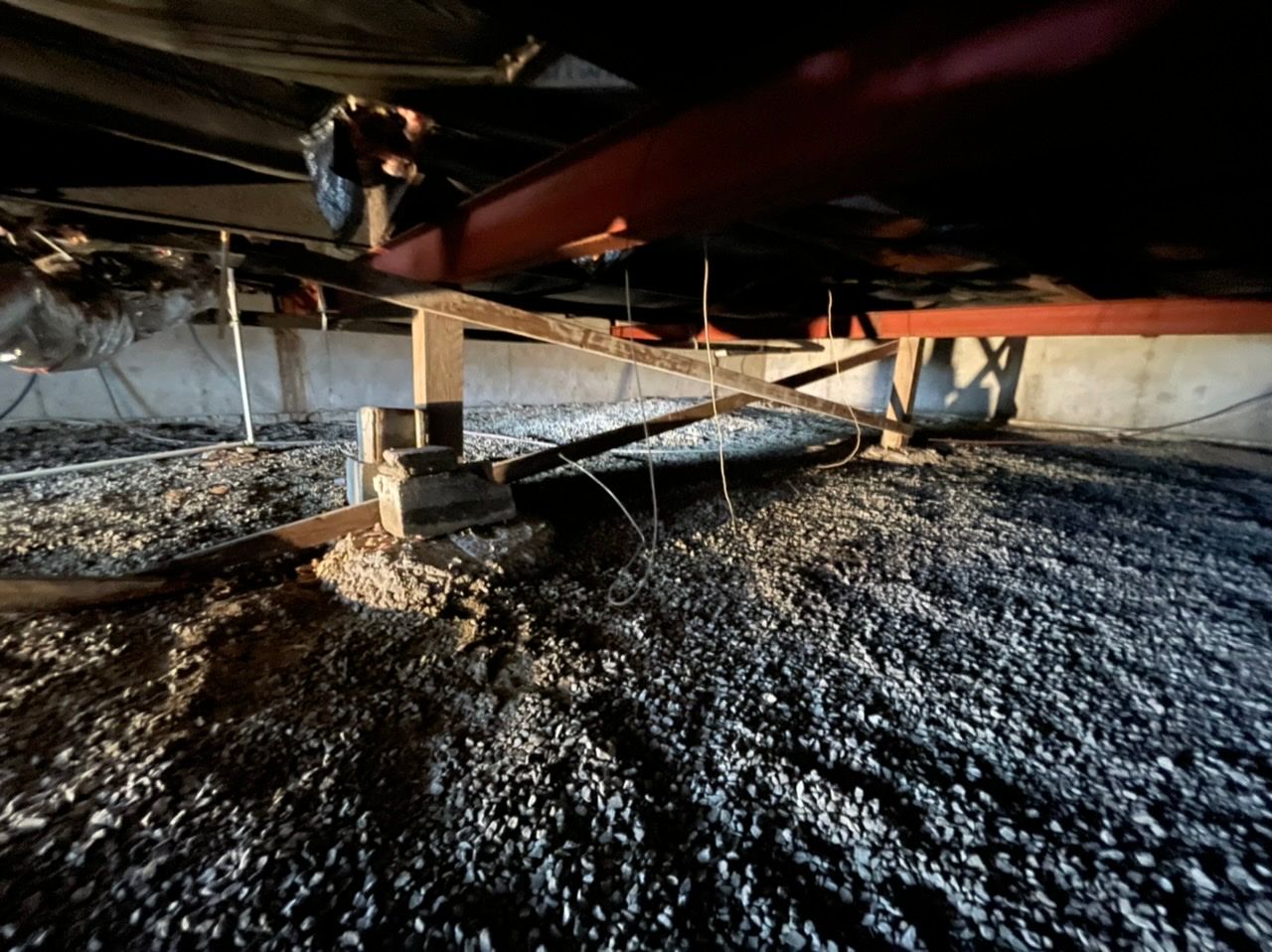Crawl Space in Winter: The Hidden Impact of Cold Weather
Protect your home with some crawl space encapsulation tips.

The winter season in the Midwest brings blistering cold weather, ideal for cozying up to your fireplace. The cold outside not only harms living things, but it can also affect your crawl space as well as the overall condition of your house. There are many options to consider when looking at your crawl space and maximizing your home's heat source.
To protect your house as well as the comfort and health of the residents, you need to know about those problems in detail. This article, along with the below 7 ways the cold will affect your crawl space, will outline some ideas to eliminate cold floors with crawl space encapsulation.
7 Ways the Cold Will Affect Your Crawl Space
The cold can affect your crawl space in many different ways, especially in the climates with the thaw/freeze cycles and even several days of sub-freezing temperatures. The main seven problems are:
Colder Home
Normally air from your crawl space or basement area moves upward into the house; referred to as the stack effect. When winter hits, cold air from the outside spreads throughout your house by entering the crawl space, and then this upward movement of air, or stack effect happens.
Even if you try to lock every opening, like the doors and windows in the house, the cold air infiltration from outside will make the inside of your house, floors, and walls noticeably colder. Sometimes homeowners even feel a "draft" which isn't even near a window.
Increased Moisture and Condensation
The air inside the house in winter is a lot warmer than the outside cold air. So, when the cold air leaks into the house through the crawl space and comes into contact with the warm air, water condensation from the atmospheric elements happens and creates water droplets. This process increases the moisture level in crawl spaces and creates moisture-related problems.
Decreased Air Quality
If cold air is infiltrating from the crawl space, then that area is vented or has openings. And throughout the infiltration process, the cold air comes into contact with many negative things, such as odor, dust, feces, etc. and carries germs and bacteria. When mixed with the good indoor air, the outside, low-quality air decreases the overall quality of the air inside the house. A way that many homeowners find helpful is the EZ Breathe Ventilation System, which is designed to pull cool, damp air from the lowest level (basement or crawl space) and expel it outside, removing the excess moisture that can cause mildew smells, musty odors, mold, etc.
Damaged Structural Elements
When the wooden structural elements of your house are exposed to the cold temperature and outside air for a long period, they become weaker with time. Specifically, the support beams and floor joists in the crawl space contract and weaken when exposed to the cold weather. Even the pipes can freeze, and sometimes burst. This is one of the feared situations for homeowners around the Midwest... freezing of the pipes. The damage can definitely be more extensive than just what is seen from the exterior.
Increased Utility Costs
Since the cold air from outside makes the indoor area much colder, the heating system of your home will need to spend more time and have more power to keep everything warmer. Also, you may need to use other gadgets if things go out of hand because of the cold air infiltration.
All the electric devices that need to work harder to deal with cold air increase the utility bills. You may need to pay 30% more for it, so it’s better to take action to save on energy costs.
Mold and Mildew Growth
Another effect of the cold air infiltration in your crawl space is the growth of mold and mildew due to the increased condensation, water leaks, or any other reason for the increased moisture level.
When the molds grow rapidly, it can hamper the indoor air quality, affect the health of the residents, and also cause the wooden structure to start to rot. All of these effects are dangerous, so you should better find a solution to the problem.
Pest Invasion
Pest invasion can happen in cold water much more than in warmer times. It’s because the pets and rodents want to protect themselves from the chilly weather and use areas like the crawl spaces as shelters.
If your crawl area isn’t properly insulated and the cold air is infiltrating from any leaks or cracks, that also drives the pets inside. And these creatures can cause health hazards and other problems in your house.
Solution to Cold-Related Crawl Space Problems
There can be several solutions to all the cold-related problems in your crawl space. You can choose one or several of them, depending on the condition of your basement area.
Sealing
To protect your crawl space from cold air infiltration, you can insulate the walls to keep the indoor air from escaping. Also, you can cover and seal the vents, cracks, or any kind of hole in the basement that lets the cold air and pests in.
Encapsulation
Encapsulation is a process where you can close and insulate the entire crawl space with plastic vapor barriers. The liner of these barriers works as a heavy-duty element and protects the crawl space from any kind of air, dust, or pest filtration.
The encapsulation also helps keep the ground in the basement area dry while preventing moisture and mold growth. Also, the air quality of your house will increase, occupants will feel more comfortable in the indoor environment, and the energy cost will decrease.
Ventilation
Along with encapsulating your crawl space, you’ll need to use ventilating devices to maintain adequate ventilation in the crawl space area. Even if you don’t encapsulate, it’s better to maintain proper ventilation in that ground area to help with the humidity and regulate the temperature.
Heating
You can add a heating system in the crawl space to prevent the pipes from getting frozen. Also, you can use heat tapes to maintain a consistent temperature. Also, a fireplace and chimney are typically in overdrive throughout the Kansas City winters. Keep in mind your chimney can be a great heat source, but can also impact your home's foundation. If you begin to see your chimney leaning, walls bowed, or the chimney pulling away from the house, explore your concerns here.
Pest Control
If your crawl space is invaded by pests, then it’s best to do pest-control procedures. You can seal the entry points, use different sprays or other devices to get rid of the pests, or contact pest control professionals to deal with it.
Inspection and Maintenance
Regular inspection and maintenance are required, whether you see visible effects of cold in your crawl space or not. If you can find problems beforehand by inspecting, it can prevent more serious damage and help you prevent problems.
The effects of cold air infiltration in your crawl space can be hazardous over time. However, the solutions to the cold-related crawl space problems aren’t too complex. You can consult with a local crawl space encapsulation professional to let them inspect the crawl area and suggest y the most cost-effective yet best solution to deal with those problems. If you're in the Kansas City area, reach out to PierMagic for a free estimate. 816-765-4800




